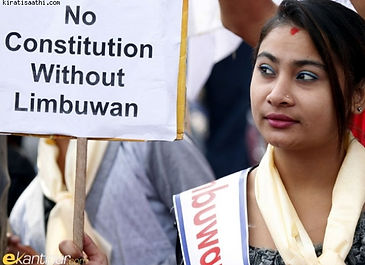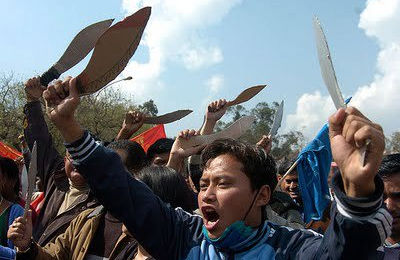After A Revolution
Post Civil War Nepal
100 Federal States?
When Prithivi Narayan Shah, the founder of modern Nepal said “Nepal is a garland made up of different flowers”, he was referring to the ethnic diversity in Nepal. Even though Nepal is a small country, with more than 100 ethnicities and languages, it is very rich in ethnic and cultural diversity. Even though there is such great variety of cultures, as Prithivi Narayan Shah pointed out there has always been a strong sense of unity among these diverse cultures. For centuries, Nepalese have recognized themselves first as “Nepali” and then only embraced their ethnic identities.
But this is only one side of the coin. Throughout the centuries certain ethnic groups have always had an economic and political advantage over other minority groups. These ethnic groups were the ruling classes before the unification of Nepal and till date, hold overwhelmingly high bureaucratic, media, social and financial power. However, the rest of the ethnic classes have always been underrepresented in government, army, media and business sectors. As the high castes continued to prosper and the woes of low castes ethnic groups continued to be unaddressed even after the foundation of Federal Republic, these ethnic minorities have decided to take the matters into their own hands.
Currently, these ethnic minorities are demanding federal states of their own. Sick of being sidelined, more and more ethnic groups are no longer satisfied with just being labeled “indigenous” and guaranteed few seats in the government. These groups have taken into the streets to demand a state of their own where they have their own local government who can work for their prosperity and they no longer need to answer to the higher castes.
This claim is undoubtedly legitimate; there is no reason why only certain ethnic groups who enjoy privileges while other minority groups continue to suffer. However, is it really logical to divide an already small country of around 27 million people into hundred or more federal states? Is that even feasible? The ethnic groups who continue to protests certainly think so and they seem determined to get their federal states.
Hence, one of the most difficult challenges for the new constitution and the new government will be to address this issue of ethnic divide.




Flag for Newa Rajya, federal state for ethnic Newari groups.
A Limbu woman demanding Limbuwan, a federal state for ethnic Limbu groups in the constitution.
Tamang people in a rally demanding a federal state for Tamang people.


